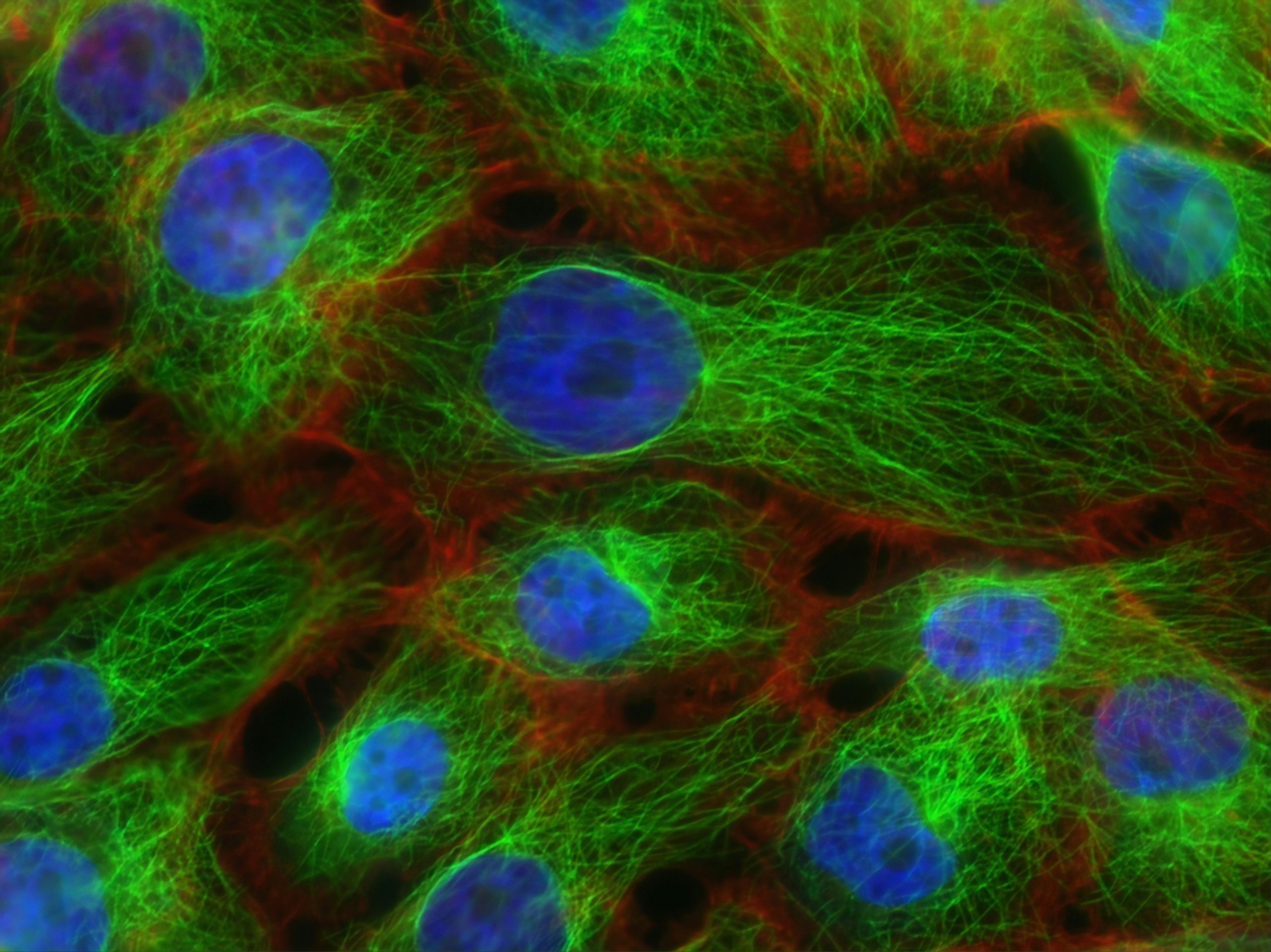Drug testing and discovery
The journey of bringing a new drug to market is long, expensive, and fraught with challenges. On average, thousands of compounds are screened during the discovery phase, but only one ultimately gets approved. Recent estimates suggest that pre-launch R&D costs can range from $161 million to a staggering $4.54 billion (2019 US$).
These staggering figures underscore the urgent need for more accurate and cost-effective drug screening models. Enter in vitro 3D tissue models—innovative alternatives to traditional 2D cell cultures and animal testing. These models mimic the histological structure and functional activity of human tissues, offering a more reliable platform for evaluating drug efficacy and safety. By replicating the physiological microenvironment, including cell-cell and cell-ECM interactions, 3D bioprinted tissue models promise to streamline drug discovery, reduce costs, and enhance the predictability of clinical trial outcomes. Bioprinting allows for accuracy in positioning cells, proteins, DNA, drugs, growth factors, and other bioactive substances, facilitating advanced tissue generation and formation.
Bioprinting allows for accuracy in positioning cells, proteins, DNA, drugs, growth factors, and other bioactive substances, facilitating advanced tissue generation and formation.
1. Personalized Drug Testing: Tailoring Treatments to Individuals
By bioprinting patient-specific organoids or tumor models, clinicians can assess individual responses to different drug regimens, guiding treatment decisions and optimizing therapeutic outcomes.
This personalized approach to drug testing holds promise for precision medicine, ensuring that patients receive the most effective and least toxic treatments based on their unique physiology and disease characteristics.
2. Precision Drug Screening: Beyond Traditional Models
Traditional drug screening methods often rely on 2D cell cultures and animal models, which may not accurately recapitulate the complexity of human physiology.
By culturing cells in 3D environments that closely resemble native tissues, researchers can conduct more accurate and predictive drug screening assays, identifying potential therapeutic candidates with greater precision and efficiency
3. Disease Modeling: Mimicking Pathophysiology in Vitro
By incorporating patient-derived cells into 3D bioprinted constructs, researchers can create customized disease models that accurately mimic the pathophysiology of various conditions, including cancer, neurodegenerative disorders, and genetic diseases.
These personalized models not only offer insights into disease progression and drug responses but also facilitate the development of tailored treatment strategies for individual patients.
4. Organ-on-a-Chip Platforms: Simulating Human Physiology
Organ-on-a-chip platforms represent a paradigm shift in drug testing, offering dynamic, microscale models of human organs and tissues. By bioprinting functional tissue constructs within microfluidic devices, researchers can emulate the complex physiological interactions that occur within the human body, including drug metabolism, tissue-organ interactions, and disease progression. These biomimetic platforms provide a versatile tool for studying drug pharmacokinetics and toxicity, accelerating the pace of drug development and reducing reliance on animal testing.


